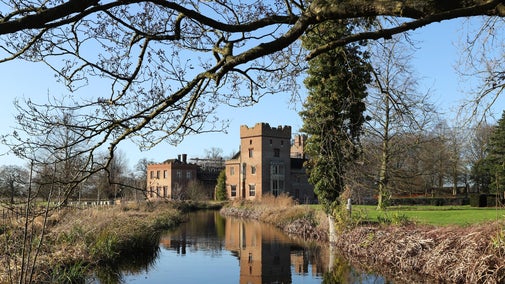April 2024
An email arrived
An exciting email is received from the donors explaining that they have William Armstrong's Broadwood grand piano and they would like to gift it back to Cragside. Investigation to confirm its provenance begins.

Cragside's latest acquisition is a Broadwood grand piano and it has a history as dramatic as any Victorian novel. A world-renowned pianist, a dramatic ship-wreck en route to Australia, a flurry of scandalous headlines all contribute to the extraordinary tale behind what seems to be an unassuming grand piano.
Arabella Goddard was hailed as the "Queen of Pianists". She was a child prodigy and performed in front on Queen Victorian at just 9 years old. In 1872, she set sail on a world tour taking her grand piano with her - which was in part, product placement to promote the latest piano model.
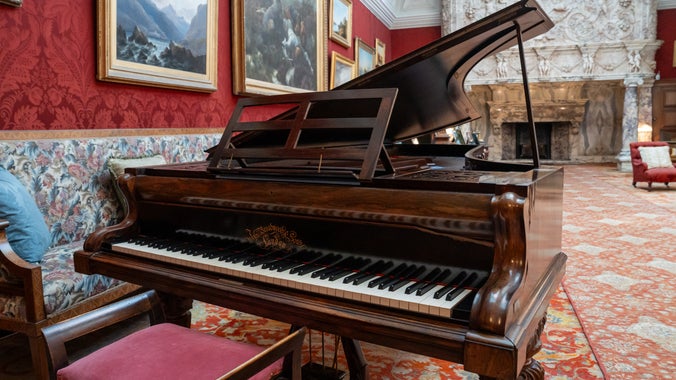
On the way to Australia, Arabella was marooned off the coast of Queensland when the RMS Flintshire ran aground on the Great Barrier Reef. Arabella had to spend a night on an open topped boat while the piano was left behind and used as ballast to keep the ship afloat. After a harrowing night at sea, she was recovered, shortly followed by her piano and baggage a week later.
But the drama didn't end there. In Sydney Arabella's agent fell out with the manager of the Victorian Theatre over a shared billing with a local 'Burlesque Opera' performer. The refusal to share the stage was made public by a scandalous letter, supposedly written by Arabella which overtly mocked and insulted Australian performers and audiences and enflamed tensions.
Although Arabella denied authorship, she had to flee Sydney leaving the piano behind. It was held to ransom by the theatre manager for several months before negotiation secured its release.
The piano resurfaced in London in May 1875 and was purchased by William Armstrong for a sum of 250 guineas - roughly £26,000 in today's money. It was transported to his home in Northumberland where it was eventually showcased in the Drawing Room.
From inventory reports, it's known that the piano remained at Cragside until at least 1901, but after that, its whereabouts are unknown for over a century.
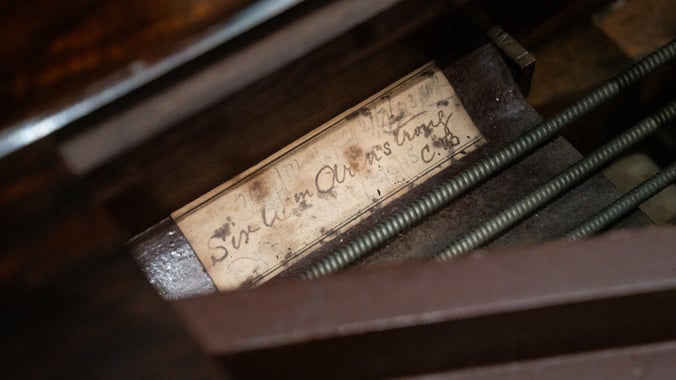
The piano reappears at auction in 2006 where it is purchased by a Sunderland-based couple for just £85. Intrigued by its history, they carried out extensive research and confirmed its provenance as Arabella's Goddard's piano and the very instrument once belonging to the Armstrong family at Cragside. In fact, under the piano's lid is a label that reads 'Sr. William Armstrong' alongside pencilled dates believed to show when it was tuned.
The couple generously gave the piano to Cragside exactly 150 years after it was originally purchased by William Armstrong. The piano is now back on display in the Drawing Room.
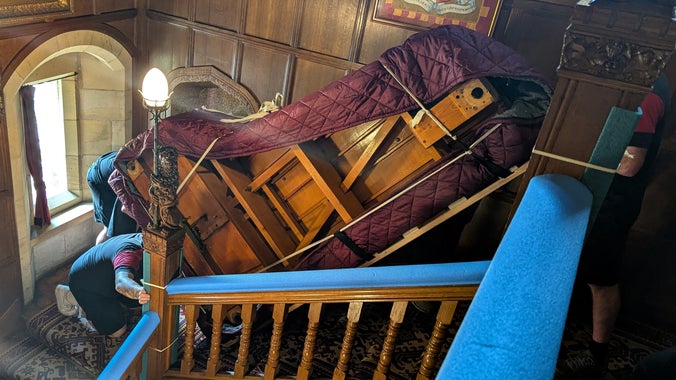
Cragside's Drawing Room is located on the equivilent of the second floor of the House. There is no lift or larger entrance to bring in a piano of this size so the House team worked with specialist piano movers to bring it to Cragside and hoist it up two flights of narrow stairs.
Ahead of its arrival, the team covered the stairs in protective padding, removed paintings along the route and wrapped objects in heavy duty bubble wrap. It took four people to carefully hoist the piano up the stairs and into the Drawing Room for display.
Now in the National Trust's care at Cragside, the piano will be conserved over the coming months and here you can find out more about the unique process.
The piano has already had its first tune in readiness for pop-up performances during the festive season. It's also had a condition assessment to establish the conservation work needed.
April 2024
An exciting email is received from the donors explaining that they have William Armstrong's Broadwood grand piano and they would like to gift it back to Cragside. Investigation to confirm its provenance begins.

Everyone needs nature, now more than ever. Donate today and you could help people and nature to thrive at the places we care for.
Cragside is often considered to be Britain’s original smart home. Discover more about the creation of Cragside and the people who made the remarkable place we know today.

Illuminated with hydro-electricity and powered by hydraulics, this impressive Arts and Crafts House was designed for modern living and efficiency. Electric light, gravity fed plumbing, water-power machinery and a hydraulic passenger lift provided an unrivalled level of comfort that wowed royalty and guests from all over the world.
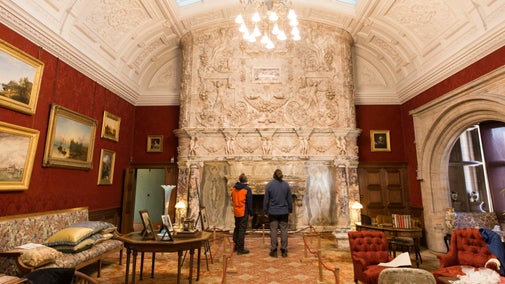
Explore the ultimate landscaped garden in Northumberland. With spectacular vision, Victorians William and Margaret Armstrong transformed the grounds from a bare moorside into a fantasy mountain landscape. Created for beauty and function you’ll discover towering trees, overflowing flower beds, trickling burns, dramatic water cascades and engineered lakes that were created to harness the power of water.

Volunteering at Cragside is a great way to use your experience and skills or learn something new. Find out more about the volunteer roles available and how you can apply to join the team.
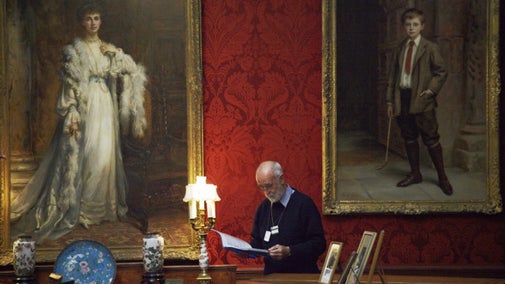
Find out more about the funding the National Trust receives from grants, and the projects it has helped support.

We believe that nature, beauty and history are for everyone. That’s why we’re supporting wildlife, protecting historic sites and more. Find out about our work.
